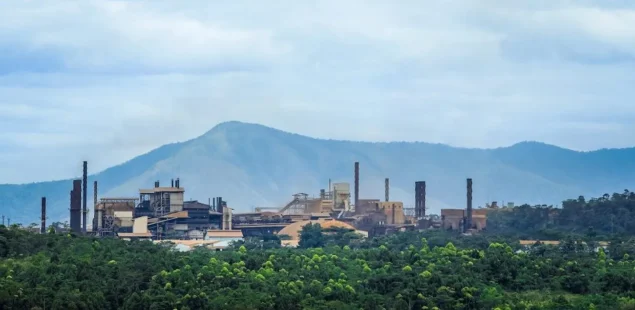
Sumitomo Metal Mining has outlined its expectations for the global nickel and copper markets in its 2027 three-year business plan, forecasting continued surpluses in both metals through at least 2026. The company anticipates a nickel market surplus of around 200,000 tons annually in both 2025 and 2026, driven primarily by ongoing production growth in China and Indonesia. These two countries have rapidly expanded their nickel output in recent years, with Indonesia now accounting for more than half of global nickel supply. This expansion has contributed to a global oversupply, putting downward pressure on nickel prices and raising concerns about the sustainability of some higher-cost producers. Industry analysts widely agree that the nickel surplus is likely to persist for several years, especially as new projects in Indonesia continue to come online.
In contrast, Sumitomo expects copper demand to remain strong, underpinned by the global energy transition, electrification, and infrastructure development. However, the company notes that growth in copper mine supply and concentrate production has not kept pace with demand. New mine projects have faced delays due to permitting challenges, rising costs, and social and environmental concerns. As a result, copper concentrate availability is tightening, leading to stagnant smelting margins and treatment and refining charges (TC/RCs). This trend is consistent with broader industry forecasts, which indicate that copper supply constraints could persist for much of the decade, particularly as ore grades decline and existing mines mature.
Sumitomo Metal Mining reiterated its long-term goal of becoming a world leader in the non-ferrous metals industry, maintaining its strategic targets despite current market imbalances. The company highlighted the efficiency of its nickel operations, particularly at the Taganito HPAL (THPAL) plant in the Philippines, which utilizes the Coral Bay process. While THPAL has experienced some production challenges, Sumitomo remains confident in the plant’s competitiveness and operational



